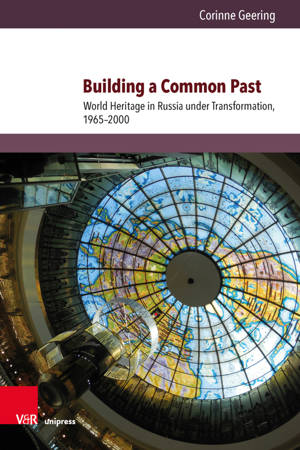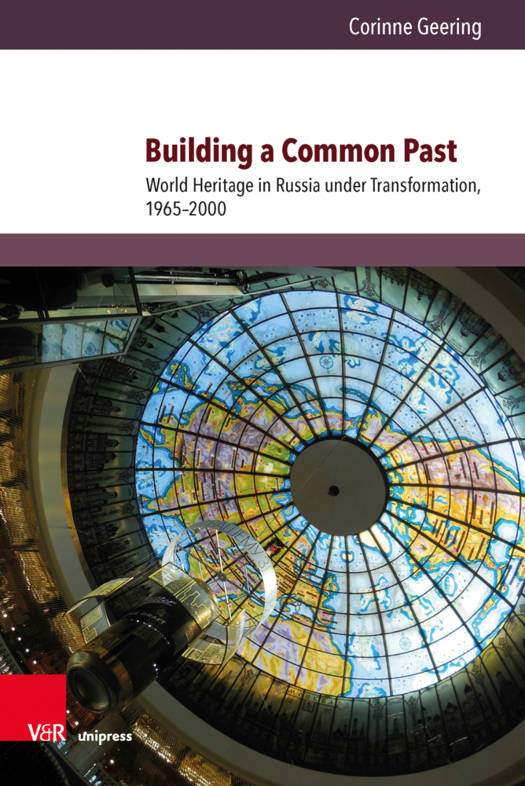
- Afhalen na 1 uur in een winkel met voorraad
- Gratis thuislevering in België vanaf € 30
- Ruim aanbod met 7 miljoen producten
- Afhalen na 1 uur in een winkel met voorraad
- Gratis thuislevering in België vanaf € 30
- Ruim aanbod met 7 miljoen producten
Building a Common Past
World Heritage in Russia Under Transformation, 1965-2000
Corinne Geering
Hardcover | Engels | Kultur- und Sozialgeschichte Osteuropas / Cultural and Social History of Eastern Europe | nr. 11
€ 89,45
+ 178 punten
Omschrijving
How did a kremlin, a fortified monastery or a wooden church in Russia become part of the heritage of the entire world? Corinne Geering traces the development of international cooperation in conservation since the 1960s, highlighting the role of experts and sites from the Soviet Union and later the Russian Federation in UNESCO and ICOMOS. Despite the ideological divide, the notion of world heritage gained momentum in the decades following World War II. Divergent interests at the local, national and international levels had to be negotiated when shaping the Soviet and Russian cultural heritage displayed to the world. The socialist discourse of world heritage was re-evaluated during perestroika and re-integrated as UNESCO World Heritage in a new state and international order in the 1990s.
Specificaties
Betrokkenen
- Auteur(s):
- Uitgeverij:
Inhoud
- Aantal bladzijden:
- 502
- Taal:
- Engels
- Reeks:
- Reeksnummer:
- nr. 11
Eigenschappen
- Productcode (EAN):
- 9783847109594
- Verschijningsdatum:
- 11/11/2019
- Uitvoering:
- Hardcover
- Formaat:
- Genaaid
- Afmetingen:
- 155 mm x 231 mm
- Gewicht:
- 788 g

Alleen bij Standaard Boekhandel
+ 178 punten op je klantenkaart van Standaard Boekhandel
Beoordelingen
We publiceren alleen reviews die voldoen aan de voorwaarden voor reviews. Bekijk onze voorwaarden voor reviews.










